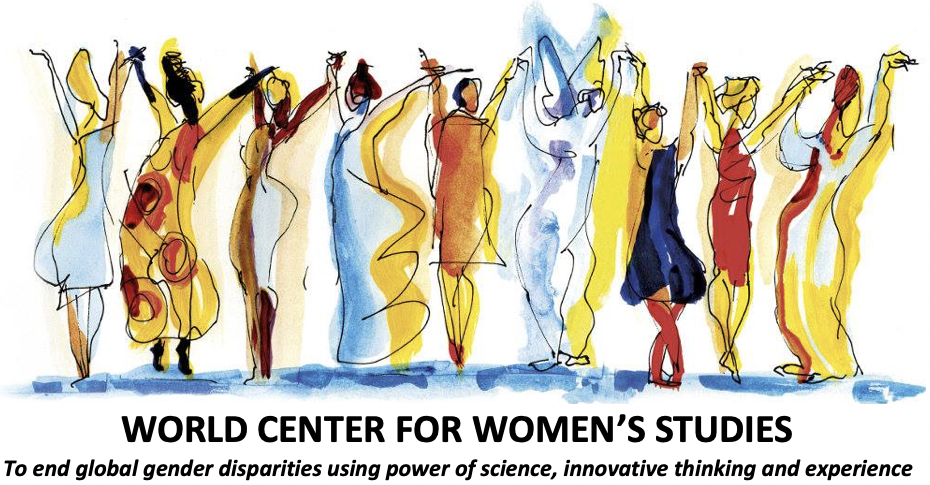By: Alisson Vera
It is no secret that the world is quite literally on fire. From the wildfires ravaging Australia to sea level rise threatening to engulf entire coasts, the need to reform climate change policy has never been more painfully obvious. The United States alone faces coastal flooding from sea level rise, higher temperatures and prolonged periods of drought and more frequent and intense tropical storms.

Regardless of these looming threats, the Trump administration has worked largely to dismantle the much-needed climate and environmental policies, which could lead to an increase in greenhouse gas emissions and thousands of deaths from poor air quality. In Brazil, many fear the president, Jair Bolsonaro is steering the country that is home to the Amazon Rainforest, often referred to as the ‘lungs of the earth’, towards environmental ruin. Russia’s current draft for the Paris climate agreement, actually allows for greenhouse emissions to rise, instead of working to halt emissions.
Credit: Lindsay Hughes
Governments all over the globe are failing to take climate change seriously, and it will lead to women ultimately bearing the brunt of this gross negligence.
Why women, you may ask? Well, it’s because women are often more exposed and vulnerable to climate change due to them often receiving less education, being poorer, and not having a voice when it comes to political and household decisions. Cultural and traditional norms place women directly in climate change’s destructive path. Women and children are fourteen times more likely to suffer injuries or die during a disaster than men, keeping in mind that 68 percent of all disasters are climate change related. Two years after Hurricane Katrina, around 83 percent of single mothers still weren’t able to return home. After the 2012 Fiji floods, it is believed that girls were taken out of school to help tend to the home and care for younger children.
Climate change has become a gendered issue and correlation has been shown between environment and gender. Deforestation, air pollution, over-population growth and other causes of environmental degradation are higher when gender inequality is higher. Recognizing, understanding, and solving these gender equalities is vital to helping combat climate change. Women need to be elected and put into positions of power so that stringent climate change policies capable of making positive and lasting change can be put into place.
Women often have an immense amount of knowledge when it comes to conservation and stewardship because they are placed into homemaker roles within their perspective cultures. In most Global South countries, women are the ones who produce between 40-80% of food and globally are responsible for half of all food production. In Global North countries, it’s been shown that women are more likely to recycle, buy organic food and practice more sustainable methods. Women and girls are also responsible for water collection in two-thirds of households in developing countries. It’s now acknowledged that excluding women from planning of water supply and sanitation schemes contributes to high rates of failure because these women tend to have an extensive knowledge of local water systems. There is a staggering amount of evidence that shows how vital it is for women to have a seat at the table when it comes to climate change policy.
A recent study of 130 countries, actually showed that countries with higher female parliamentary representation are more likely to ratify international environmental treaties and nationally they are more likely to lead their country to adopt more stringent climate change policies. Research also shows a consistent gender gap when it comes to concerns over climate change and environmental policies. Simply put, women are on average more likely to be concerned about the environment and more likely to have pro-climate opinions.
In order to combat climate change, women need to be a part of the conversation and in order to do this it’s vital that women are elected into positions where they can influence change. In the United States, one hundred twenty-seven women were elected to Congress, a significant jump but we have to do better. Only 24.3 percent of all national parliamentarians were women as of February 2019, even though there is countless evidence demonstrating that the more women in government the healthier a population.
We’ve seen it during the pandemic, where women-led nations have been more successful in combating the coronavirus, now it’s time to see it with climate change.





I have learn some excellent stuff here. Certainly price bookmarking for revisiting. I wonder how so much attempt you set to create this sort of great informative website. Imogene Sloan Giefer